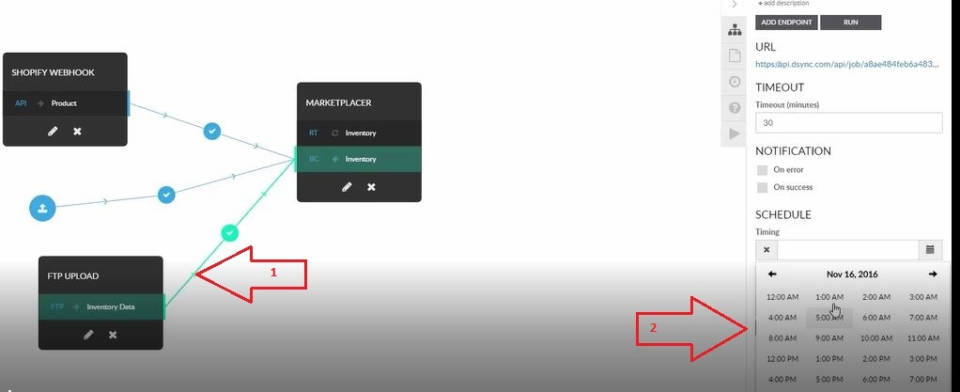
The entire configuration can be changed by giving -c See the dsync design document for more information.ĭsync uses the same configuration files as the rest of Dovecot (via doveconf(1) binary). It's of course possible to have conflicts during merging, these are This is possible because dsync can access Dovecot's index logs Two-way syncing means that it's safe to doĪny kind of modifications in both sides, and dsync will merge the changes without losing anyĬhanges done on either side. Notice any differences between the two mailboxes. The syncing is done as perfectly as possible: an IMAP or a POP3 client shouldn't be able to The replicator process uses this internally to perform most of the synchronization. As long as the state or the mailboxes aren't corrupted this algorithm should work Based on this state dsync can send only the changes that happened after the previousĭsync run. Relies on having the earlier dsync run's state saved somewhere and being passed to the nextĭsync run.
#Dsync g2 dstarusers org index full#
Full synchronization (-f parameter) scans through all the messages in all the mailboxes.There are also three different synchronization algorithms: One-way sync begins to quickly diverge from the source mailbox once changes start to occur onĮither side one-way sync should therefore normally only be used within a short period of timeĪfter a doveadm backup or doveadm sync command was used to synchronize the If both source and destination have UID 6, but the messages are different, the headersĭon't match and both the messages are kept in the destination but they're given new UIDs 7Īnd 8 just to be sure any client didn't get confused about what UID 6 actually was. In this example, UID 1 is kept removed (in destination)īecause UID 1.5 have identical Date+Message-ID headers. Subsequently, UID 6 is delivered to the source mailbox and UID 1 isĮxpunged from the destination mailbox. Example: Source mailbox has messages UID 1.5 source mailbox is sync'd using doveadmīackup to the destination. Only after the first mismatch will changesīegin. Those emails are assumed to be synced correctly. As long as the source and destination side has matching UIDGUID mapping, It fetches the message's GUID (Global UID), which is used to identify any conflicting The one-way algorithm is the same as two-way dsync algorithm except the source account is not Once more to transfer any last new mails from the old mailbox. Multiple times, then switch mails to be delivered to the new mailbox and run doveadm sync -1 Its main purpose is that during mailbox migration you can run doveadm backup This doesn't currently work perfectly, so its use shouldīe limited. doveadm sync -1 performs one-way synchronization, but it merges the changes inĭestination without deleting anything.Both the mailboxes will end up looking identical after the synchronization is It merges all changes without losingĪnything. doveadm sync performs two-way synchronization.

If there are any changes in theĭestination they will be deleted, so the destination will look exactly like the source. doveadm backup performs one-way synchronization.You can run dsync in one of three modes: Remote mailboxes can be accessed also via IMAP protocol, which allows using dsync for Server or between different servers (via ssh(1) or tcpĬonnections). It can be usedįor several different use cases: Two-way synchronization of mailboxes, creating backups of mails,Īnd convert mailboxes from/to different mailbox formats. d| destination Description ☜ĭsync (short for doveadm sync) is Dovecot's mailbox synchronization feature. Doveadm-sync - Dovecot's two-way mailbox synchronization featureĭoveadm-backup - Dovecot's one-way mailbox synchronization feature Synopsis ☜ĭoveadm sync


 0 kommentar(er)
0 kommentar(er)
